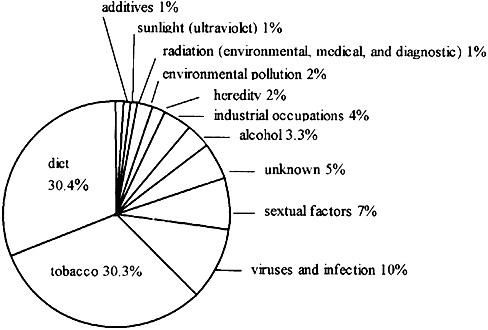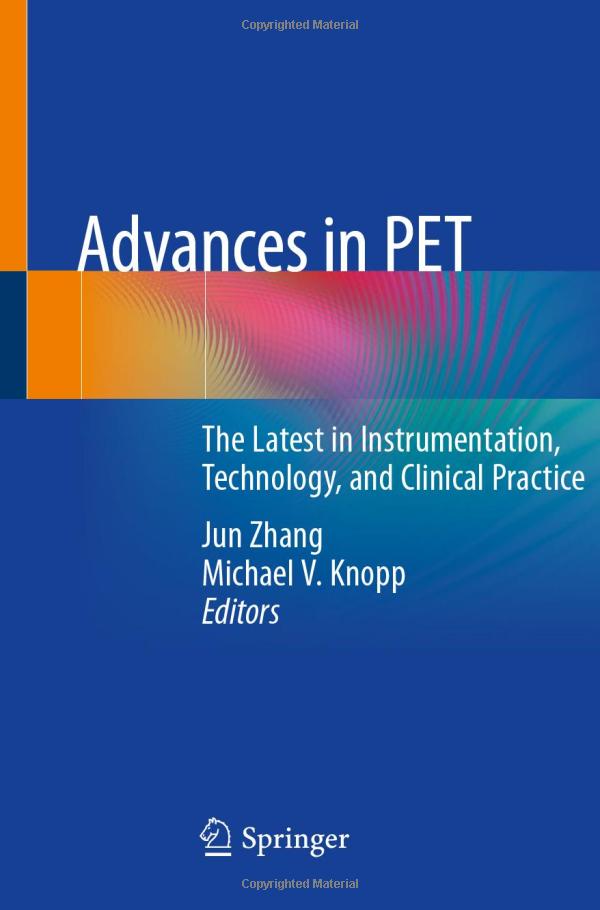Exploring the Comprehensive Benefits of a PET Scan for Early Disease Detection and Management
Guide or Summary:Early Disease DetectionTreatment PlanningMonitoring Treatment ProgressNon-Invasive Procedure#### Benefits of a PET ScanA PET scan, or Posit……
Guide or Summary:
#### Benefits of a PET Scan
A PET scan, or Positron Emission Tomography scan, is a revolutionary imaging technique that provides critical insights into the body’s metabolic processes. The benefits of a PET scan are numerous, making it an invaluable tool in modern medicine. This article will delve into the various advantages of PET scans, particularly in the realms of early disease detection, treatment planning, and patient monitoring.
Early Disease Detection
One of the primary benefits of a PET scan is its ability to detect diseases at an early stage. Traditional imaging techniques, such as X-rays or CT scans, often reveal structural abnormalities but may not show functional changes until the disease has progressed significantly. PET scans, on the other hand, provide information about how tissues and organs are functioning. This functional imaging allows healthcare providers to identify diseases like cancer, Alzheimer's, and heart disease much earlier than other methods.

For instance, in oncology, PET scans can detect cancerous cells before they form a detectable tumor, allowing for timely intervention. Early detection is crucial in improving treatment outcomes and increasing survival rates for various diseases.
Treatment Planning
Another significant benefit of a PET scan is its role in treatment planning. Once a diagnosis is made, a PET scan can help determine the most effective treatment strategy. By providing detailed images of how cancer is responding to treatment, PET scans allow doctors to assess whether a particular therapy is working or if adjustments are necessary.
Moreover, PET scans can help in staging cancer, which is essential for determining the extent of the disease and choosing the appropriate treatment options. For example, understanding whether cancer has spread to lymph nodes or other organs can influence decisions about surgery, chemotherapy, or radiation therapy.

Monitoring Treatment Progress
The benefits of a PET scan extend beyond diagnosis and treatment planning; they also include monitoring treatment progress. Regular PET scans can show how well the body is responding to therapy, providing critical feedback for both patients and healthcare providers. This ongoing assessment can lead to more personalized treatment plans, as doctors can modify therapies based on real-time data from PET scans.
For patients undergoing cancer treatment, this means that if a particular regimen is not effective, alternative options can be explored sooner rather than later. Additionally, for patients in remission, periodic PET scans can help monitor for any signs of recurrence, ensuring that any potential issues are addressed promptly.
Non-Invasive Procedure
A further advantage of PET scans is that they are non-invasive. Unlike some diagnostic procedures that require surgical intervention, PET scans involve the injection of a small amount of radioactive material, which is generally safe and well-tolerated by patients. This non-invasive nature makes PET scans an attractive option for many individuals, especially those who may be apprehensive about more invasive diagnostic methods.

Furthermore, the procedure typically takes only a couple of hours, and patients can resume their normal activities shortly after the scan. This convenience is particularly beneficial for patients who may already be dealing with the stress of a medical diagnosis.
In conclusion, the benefits of a PET scan are manifold, encompassing early disease detection, effective treatment planning, ongoing monitoring of treatment progress, and a non-invasive approach to imaging. As technology continues to advance, the role of PET scans in medicine is likely to expand, further enhancing our ability to diagnose and treat a variety of health conditions. For anyone considering a PET scan, understanding these benefits can provide reassurance and clarity regarding this essential diagnostic tool.